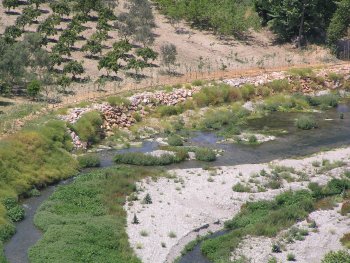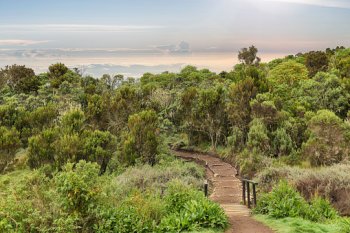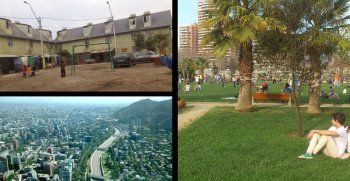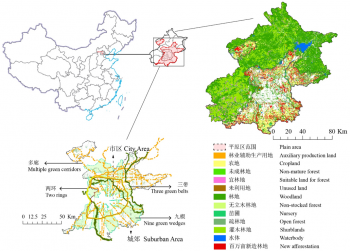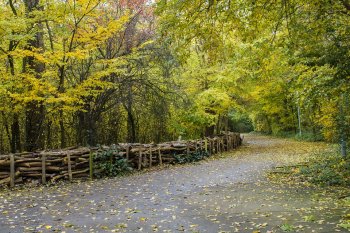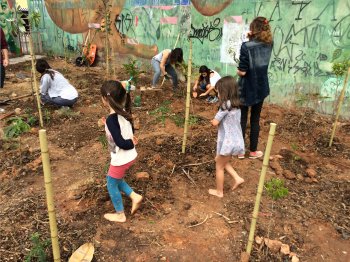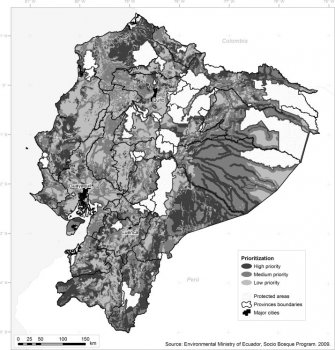Riparian Forest Restoration and River Bank Protection, Evrotas River, Greece
The objective of the LIFE-EnviFriendly project was to demonstrate low cost, nature based solutions that if used by all farmers within a watershed it will improve the water quality of the waters significantly. The NbS used in this case was a riparian forest restoration coupled with a river bank erosion protection.

